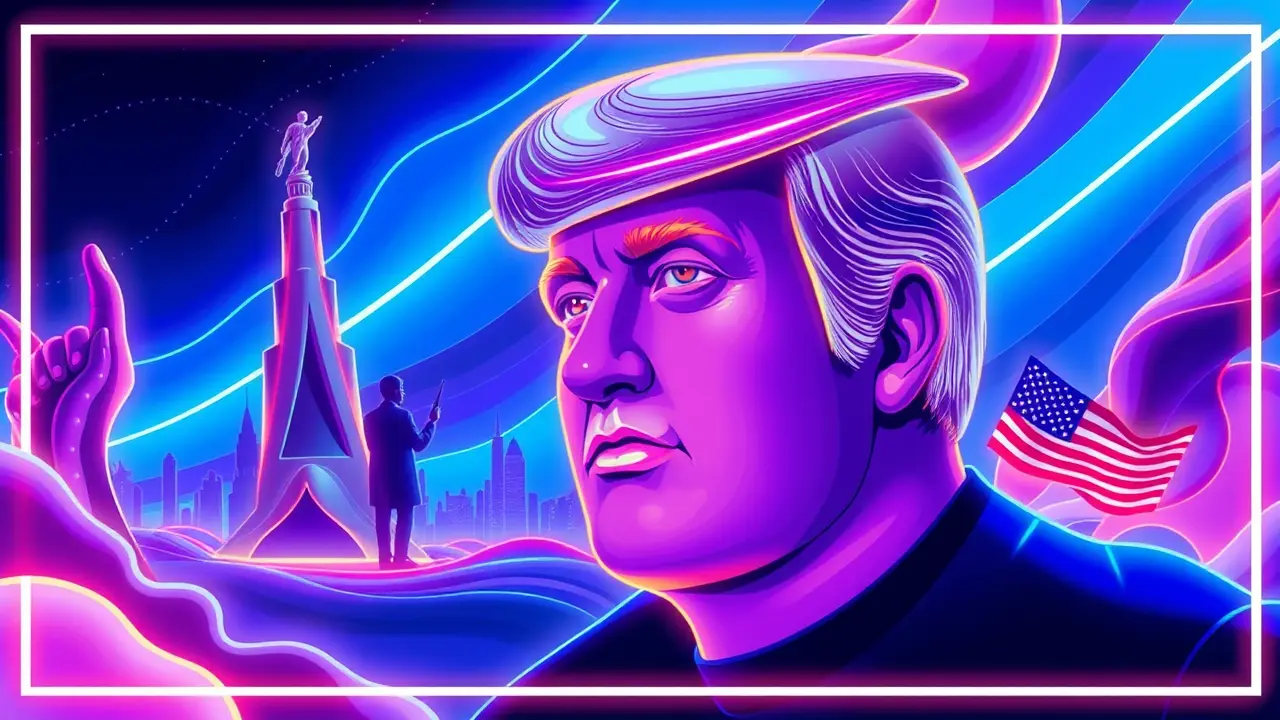
Politicsgovernments & cabinetsPolicy Agendas
Trump's Arts Policy Demands a Cohesive Response
RO
Robert Hayes
1 day ago7 min read
The political landscape under a potential second Trump administration presents a profound and largely unexamined shift in the relationship between the federal government and the arts, a development demanding a strategic and cohesive response from cultural institutions. Unlike previous presidencies, where arts funding often operated on the periphery of political discourse, the Trump era has demonstrated a willingness to wield cultural policy as a core instrument of national identity formation, drawing historical parallels to the use of art by strongman regimes of the 20th century who understood its power to shape public sentiment and consolidate a specific worldview.This is not merely about budget allocations for the National Endowment for the Arts, which has perennially faced existential threats, but a broader, more ideological battle over the nation's narrative—what stories are told, which artists are platformed, and what constitutes 'American' art. The previous administration’s executive orders on 'patriotic education' and the very public critiques of certain artistic movements signaled a clear intent to challenge what had been, for decades, a relatively bipartisan, if modest, consensus on public arts support.For the arts community, fragmented by decades of operating in a landscape of scarcity and internal debate over mission, the moment calls for a unified front not seen since the cultural wars of the 1990s. This requires moving beyond reactive defensiveness and toward a proactive, coherent policy framework that articulates the indispensable value of a vibrant, critical, and diverse arts ecosystem to a functioning democracy.Leaders from major museums, performing arts centers, and advocacy groups must forge a common language that resonates beyond the insular world of galleries and concert halls, making the case to legislators and the public that artistic expression is inextricably linked to innovation, economic vitality in creative industries, and the very health of civil society. The alternative—a disjointed, institution-by-institution scramble for survival—risks ceding the narrative and allowing a redefinition of American culture that excludes the plurality of voices that have always been its greatest strength. The consequential nature of this presidency for the arts is not hyperbole; it is a call to action that will determine the cultural legacy of this era for generations to come.
#arts policy
#cultural funding
#Trump administration
#government and arts
#editorial picks news
#political impact on culture
#arts advocacy
Stay Informed. Act Smarter.
Get weekly highlights, major headlines, and expert insights — then put your knowledge to work in our live prediction markets.
© 2025 Outpoll Service LTD. All rights reserved.